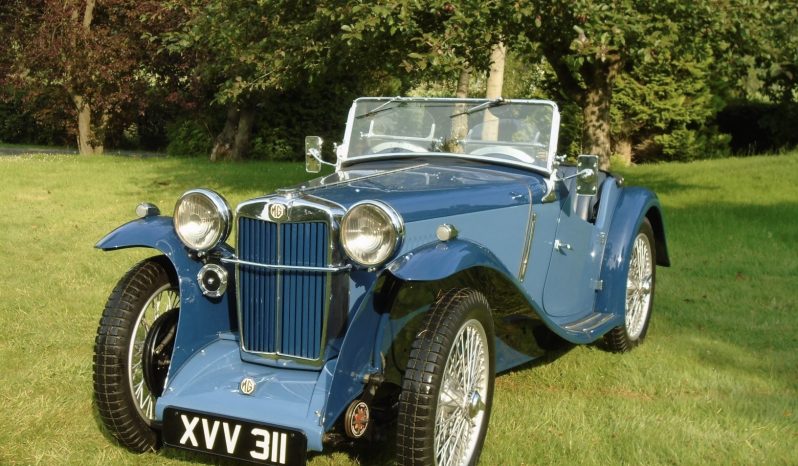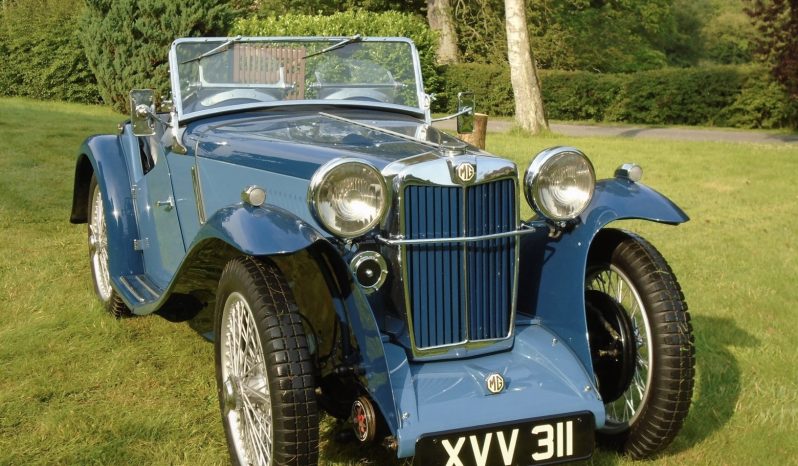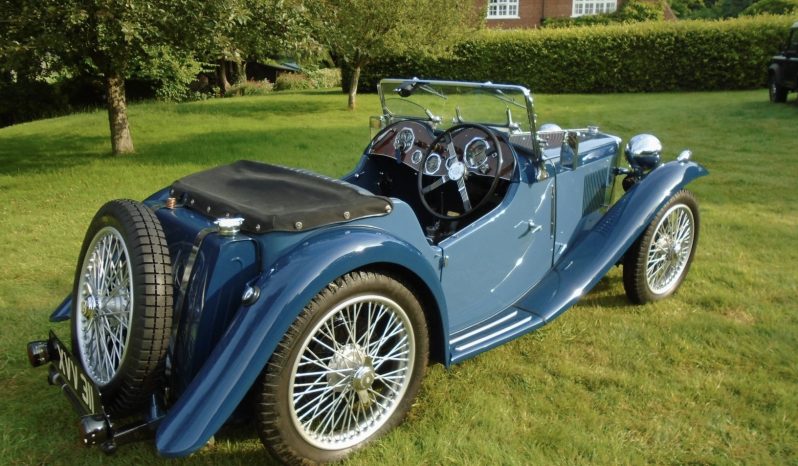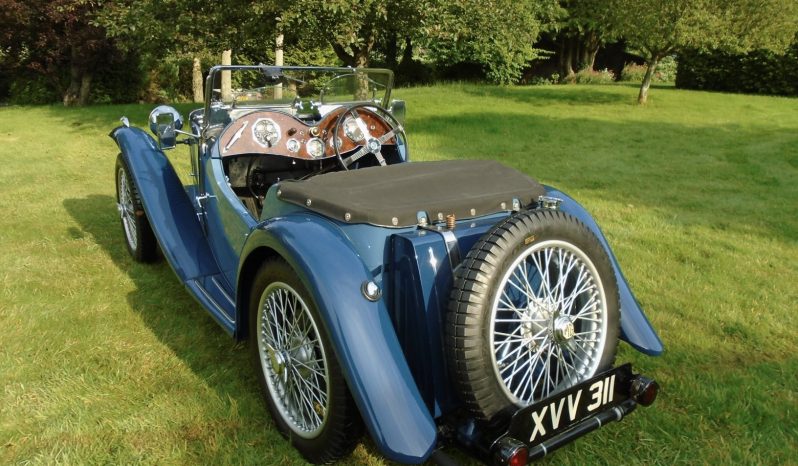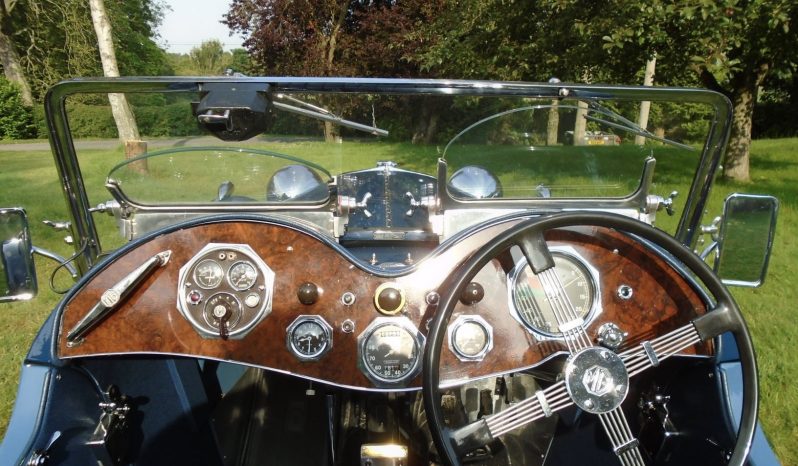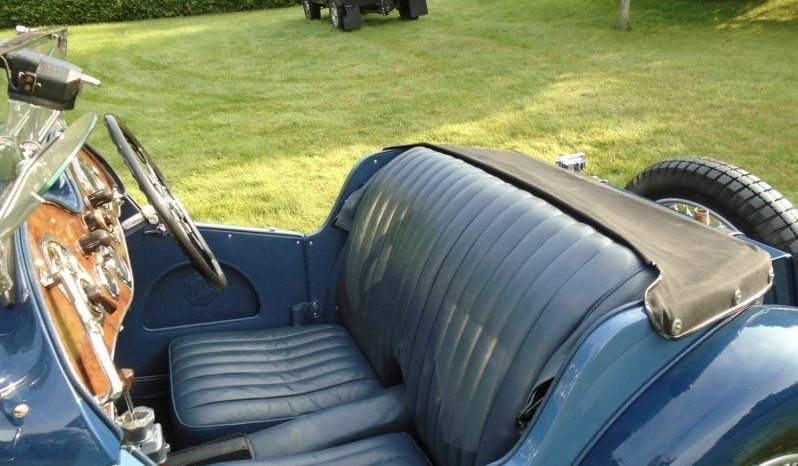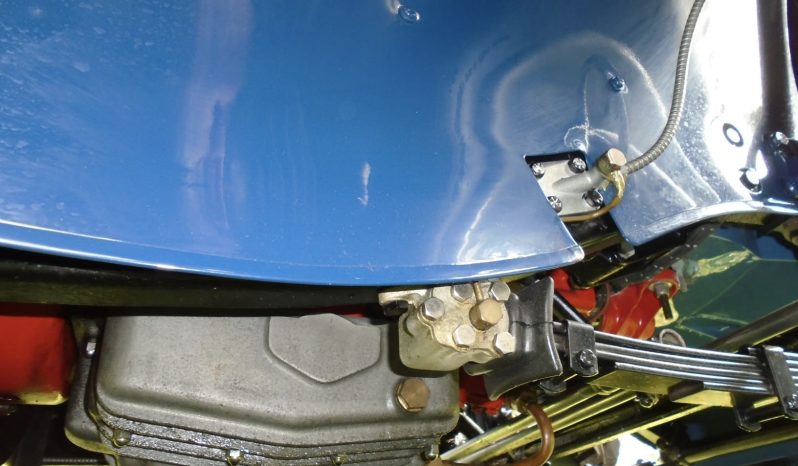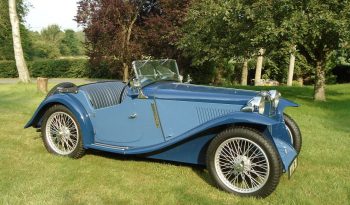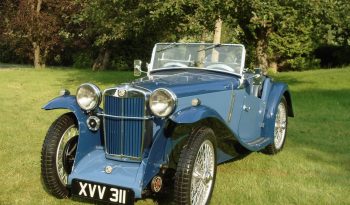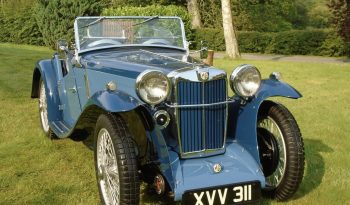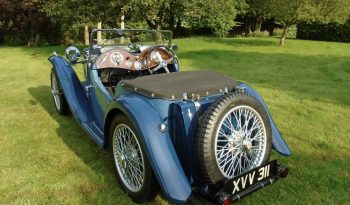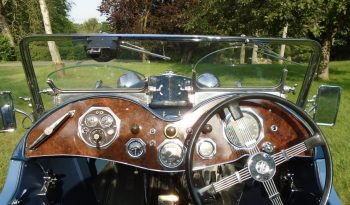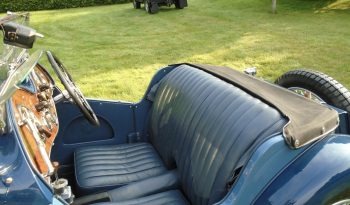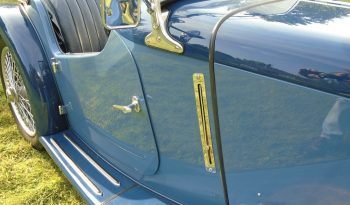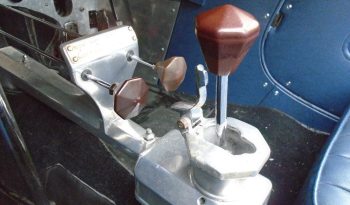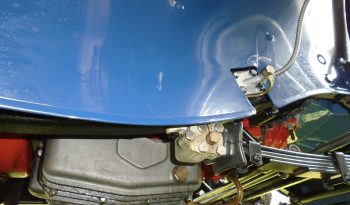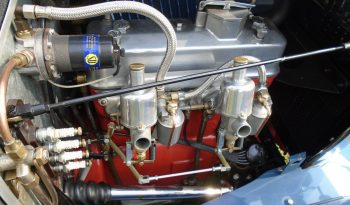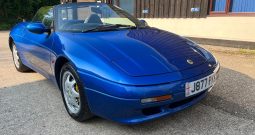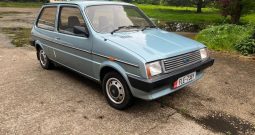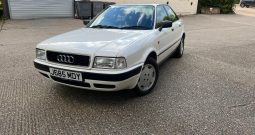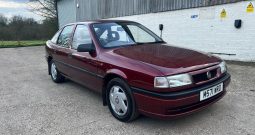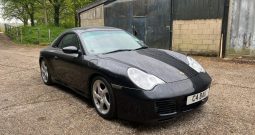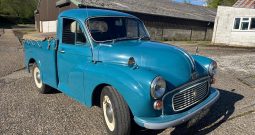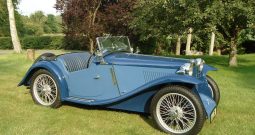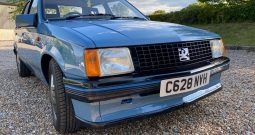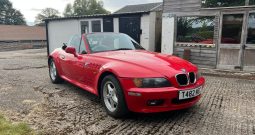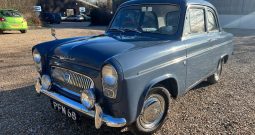Alt Office
01256 242212
Mobile
07931 720025
Main Office
01256 535635
Unit 5 Quidhampton Business Park, Overton, Hampshire, RG25 3EB
View on map
MG PB 1934
MG PB 1934
Actions
Vehicle overview
Please note the photos used were provided by the previous owner of the car - the car is currently held in secure indoor storage and we can happily set up a viewing with some notice.
Restored in the MG factory colors of Cambridge Blue over Oxford Blue. This is a totally ground up restored car, the standard of restoration makes her present in concours condition.
We were informed by the previous owner that the car started life as an MG PA and went on to be fully rebuilt as a PB model. The PB model being a particularly sought after model.
The car drives as good as she looks and performs very well. The car has a 939cc OHC engine as fitted to the PB and that is married up a 4 speed crash gearbox and easy to live with.
There is full wet weather gear (hood and side screens, these appear unused).
The coachwork and finish is stunning and truly a credit to the people who worked on her, the car appears 'as new' and will impress any car enthusiast. The car has a pair of 'Brookland' screens fitted and a beautiful hertiathe steering wheel (rather costly additions).
This is possibly one of the best looking MG's currently for sale anywhere in the world and would be a joy to use as a weekend toy or form part of a serious car collection.
The car is registered in April 1934
Some information regarding these early MG Sports Cars:
While the fabric-bodied M-type was the first of MG's long-lived and much-loved Midget line of sports cars, it was the J-type that introduced the cut-down doors, flowing fenders and tall wire wheels that we now associate with early MG sports cars. Fewer than 2,500 J-type variants were built between 1932 and 1934, and in addition to being the basis for the famous J.2 racers, they were the predecessors of the P-type, which arrived later that year.
The P-type, or PA as it became retroactively known, was motivated by a 34.9hp 847cc inline-four with a three main bearing crankshaft. This engine's center bearing was constructed in two steel portions, with a thin central layer of white metal acting as the bearing surface. Aerolite pistons were fitted with two rings, and more efficient 1¼-inch inlet and 11/8-inch exhaust valves were installed in the cylinder head. The advanced single overhead camshaft, a race-derived MG feature championed by MG founder Cecil Kimber and first seen in the M-type, was gear-driven off the vertical drive of the generator; the distributor was spun directly off the crankshaft.
To fend off increasing competition in the sports car market, the MG Car Company created the PB Midget for 1935. This car shared its two- and four-seat roadster and Airline Coupé body variants with the PA, but it gained a detail that would quickly become MG tradition: vertical slats, replacing wire mesh, in the radiator grille. The PB's wood dashboard gained three more gauges, highlighted in bright octagonal surrounds. The PA's 12-inch cable-operated drum brakes were retained, but the twin-SU carbureted, 847cc SOHC four-cylinder was enlarged to 939cc via a 60mm bore (retaining its 83mm stroke), and its horsepower increased to 43.3hp. This "big block" was mated to a new close-ratio, non-synchronized four-speed gearbox.
The PB sold for the same price as the outgoing PA, and leftover PAs were discounted; in fact, 27 PAs were reportedly retrofitted and sold as PBs at the end of the year. By the time that PB production ended in 1936, an estimated 526 had been built. This would be the last series production OHC MG until the dual overhead-cam engine debuted in the 1958-'60 MGA Twin Cam, because the owner of MG's parent company, Morris's Lord Nuffield, incorporated MG into the Nuffield Organization, and wanted MG cars to share as many components as possible--including pushrod engines--with standard Morris cars.
We offer a full UK delivery service at sensible prices (we require your postcode for a quote) - we offer a part exchange service and we can consider both classic and modern cars.
Mission Statement
All our cars go through our workshop and are thoroughly checked over and road tested to make sure they leave us in good road worthy condition.
Here at Bradley James Classics we try very hard to set expectations correctly before we make appointments to view our vehicles. We specialise in supplying everyday working classics at a price point which is fair and appropriate to the condition of the car we are selling.
If you would like to know more please use the contact form below or give us a call.
Contact Us
£49,995
| Mileage | 501mi |
| Fuel type | Petrol |
| Year | 1934 |
| Transmission | Manual |
| Exterior Color | Blue |
| Interior Color | Blue |


